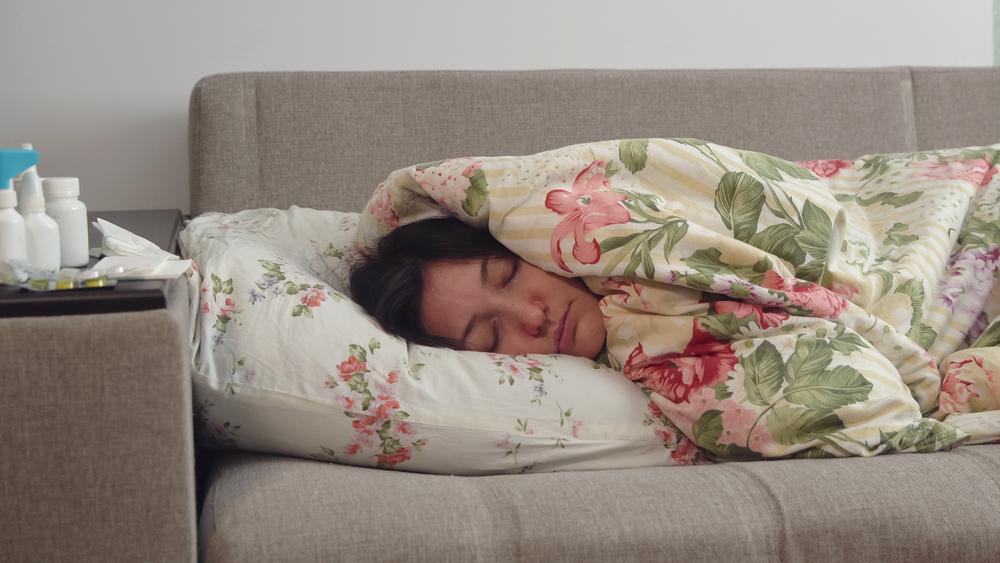As a BetterHelp affiliate, we receive compensation from BetterHelp if you purchase products or services through the links provided
Not all chills are related to the body’s response to the cold. Chills can have a medical cause or are also common physiological symptoms related to anxiety. Why do you start shivering or trembling when feeling anxious, and how to stop anxiety chills?
According to VeryWellMind, even though anxiety chills or freeze responses are common symptoms during an anxiety or panic attack, they are not dangerous. They will go away after your anxiety eases. The stress response to anxiety is the result of the evolutionary response known as fight or flight that protects us from danger. Even though you are not threatened, your body perceives heightened anxiety as a danger. It releases hormones that trigger various symptoms, including a rapid heartbeat, shortness of breath, nausea, and cold shivers.
Now that you know more about their cause, here’s how to stop anxiety chills and how to manage them.
Managing Anxiety Chills
Managing anxiety-induced chills can be challenging, but there are several approaches you can try to ease your symptoms and improve your well-being:
Seeking Medical Help
Only a doctor can give a correct diagnosis of the cause of your chills. Once attributed to anxiety, your medical professional may deem it necessary to prescribe medication for your symptoms. These include benzodiazepines, serotonin reuptake inhibitors (SSRIs), and monamine oxidase inhibitors (MAOIs). Healthline discusses these options and their associated risks in detail.
Depending on the severity and causes of the anxiety, doctors may also prescribe anxiolytics like buspirone and tricyclic antidepressants.
Never take medications unless prescribed by a doctor. Additionally, medication is not always suitable for everyone because each person responds differently to them.
Therapy
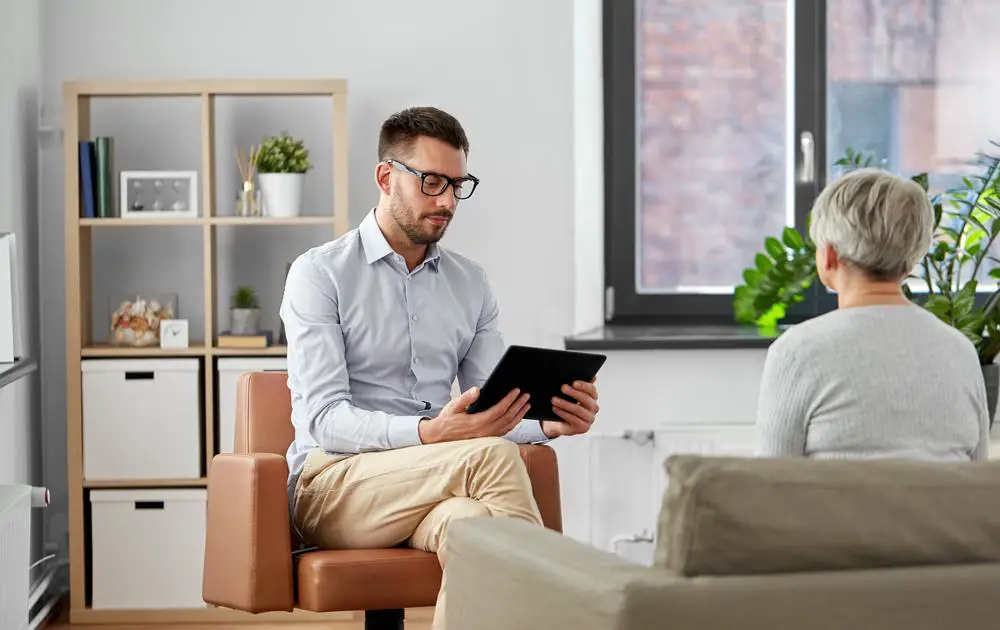 Therapy is another option if you want to know how to stop anxiety chills because it helps identify the triggers and helps you discover coping mechanisms. These are several evidence-based therapies that work best for anxiety:
Therapy is another option if you want to know how to stop anxiety chills because it helps identify the triggers and helps you discover coping mechanisms. These are several evidence-based therapies that work best for anxiety:
- Cognitive behavioral therapy (CBT)
- Exposure therapy
- Psychodynamic psychotherapy
- Eye movement desensitization and reprocessing therapy (EDMR)
Other Coping Techniques
The physical symptoms of anxiety, especially anxiety chills, are noticeable and may leave you feeling embarrassed. However, it’s best not to fight against your symptoms because they will last longer. Here are several ways to guide your body into a relaxed state:
- Practice deep breathing exercises. Calm advises the practice of any of these 7 breathing exercises to help calm your nervous system and reduce anxiety.
- Use progressive muscle relaxation – a technique that entails tensing and relaxing each muscle group in your body – do each group individually, helping to release tension and promote relaxation. Start from your toes and work your way up to your head.
- Use mindfulness meditation to bring your attention to the present moment, cultivating a sense of calm.
- Regular physical activity can help reduce anxiety and stress levels. Practice yoga, go swimming, or put on walking shoes. Whatever you prefer, get at least 30 minutes of exercise most days of the week.
- Both caffeine and alcohol can aggravate anxiety symptoms, so limit your consumption of these substances.
- A lack of sleep often worsens anxiety symptoms, so make sure you get enough sleep by creating a bedtime routine that promotes better sleep.
- Talking to others can be reassuring and comforting. Connect with family and friends for positive emotional support. Support groups can also play a tremendous role.
- Engage in activities you enjoy and help you relax, such as listening to your favorite music, reading, taking a warm bath, or participating in outdoor activities like hiking.
Practicing self-care is a vital part of managing anxiety and its symptoms.
Understanding the Link: Anxiety and Chills
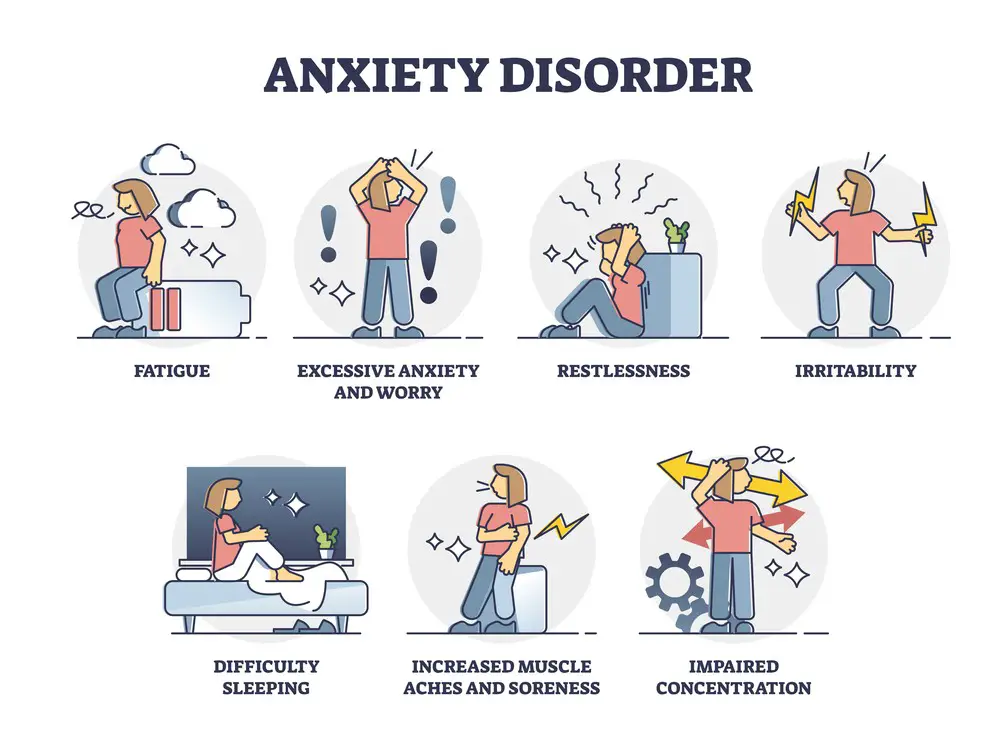
Anxiety and chills have their source in the body’s stress response system, which involves the release of hormones like adrenaline and cortisol. When you experience anxiety, your body perceives a threat, whether real or not, and triggers the “fight or flight” response.
During the fight or flight response, your body undergoes various physiological changes to prepare you to confront or flee the threat. These changes include increased heart rate, shallow breathing, muscle tension, and redirection of blood flow to vital organs. You may experience shivering, shaking, sweating, or cold flashes.
There are several ways in which anxiety causes chills:
Muscle tension – Anxiety causes muscle tension, which restricts blood flow and decreases body temperature, leading to anxiety chills.
Blood vessel constriction – During the stress response, your body may experience vasoconstriction, preventing the blood flow from reaching the skin because it prioritizes blood flow to essential organs. The result is that you will have cold shivers.
Affects temperature regulation – Anxiety can affect the hypothalamus, the part of the brain responsible for regulating body temperature, leading to body temperature fluctuations that cause you to shiver and tremble.
Hyperventilation – When you’re anxious, you may breathe rapidly or hyperventilate, disrupting the balance of oxygen and carbon dioxide in your body. Hyperventilation can lower the body’s temperature, leading to anxiety chills that leave you feeling cold.
Emotional response – Anxiety can trigger intense emotional reactions, including feelings of fear, dread, or vulnerability, which may manifest as physical sensations such as chills.
It’s important to note that the link between anxiety and chills can vary from person to person, and not everyone with anxiety will experience chills as a symptom. Additionally, chills can also be a symptom of other medical conditions, so if your symptoms are persistent or severe, consult a healthcare professional to find the cause and learn how to stop anxiety chills.
Tips to Stop Anxiety-Induced Chills
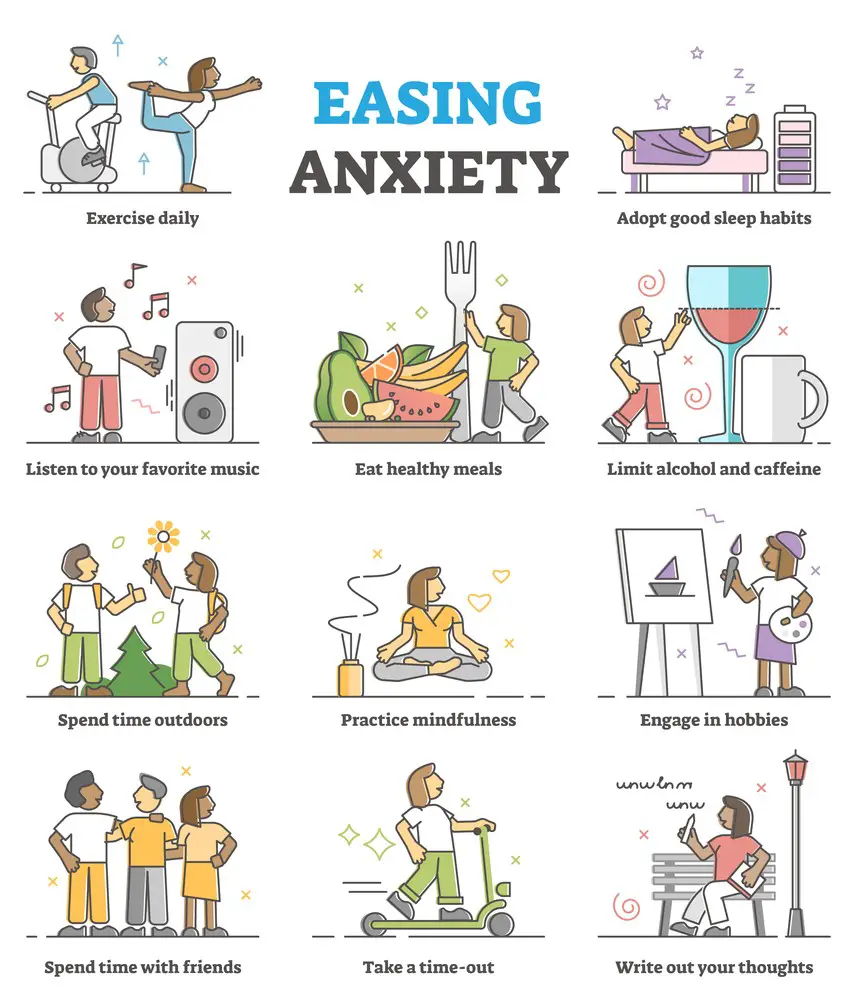
Stopping anxiety-induced chills can involve a combination of strategies to address both the underlying anxiety and the physical symptoms. Here are some helpful tips for how to stop anxiety chills:
Identify triggers – Pay attention to what triggers your anxiety and try to avoid or manage those triggers as much as possible. Ways to do it is by avoiding situations, environments, or stimuli that create anxiety-induced symptoms like chills for you.
Practice relaxation techniques – Engage in relaxation techniques. These include deep breathing exercises, progressive muscle relaxation, and guided imagery to help calm your nervous system, reducing the trembling caused by anxiety. If necessary, medication prescribed by your doctor can also assist.
Grounding techniques – Use grounding to bring your focus back to the present moment and distract yourself from anxious thoughts. Examples include focusing on your senses (e.g., describing objects around you), deep breathing, or counting backward from 100.
Stay warm – If you’re experiencing chills due to anxiety, keep yourself warm by wearing layers of clothing, wrapping yourself in a blanket, or drinking warm beverages. Increasing your body temperature helps alleviate chills.
Challenge negative thoughts – Practice cognitive-behavioral techniques to help you reframe the negative thoughts that contribute to your anxiety. Replace irrational or catastrophic thoughts with more realistic and balanced ones.
Engage in physical activity – Research into regular exercise shows its benefits in reducing anxiety and promoting relaxation. Exercise releases endorphins, the natural mood lifters, helping alleviate the symptoms of anxiety-induced chills.
Seek support – Support comes in many forms, including chatting to a trusted friend, family member, or therapist about your anxiety and its symptoms, helping to alleviate symptoms like your chills.
Limit caffeine and alcohol – Caffeine and alcohol are known to exacerbate the symptoms of anxiety, including chills. Therefore, limit your intake of these, especially when experiencing heightened anxiety.
Remember to practice self-care. Prioritize your physical and emotional well-being. Practice self-care activities, including getting enough sleep, eating a balanced diet, staying hydrated, and engaging in activities you enjoy. Also, seeking professional help is vital to helping you manage your anxiety more effectively.
Overcoming Chills Caused by Anxiety
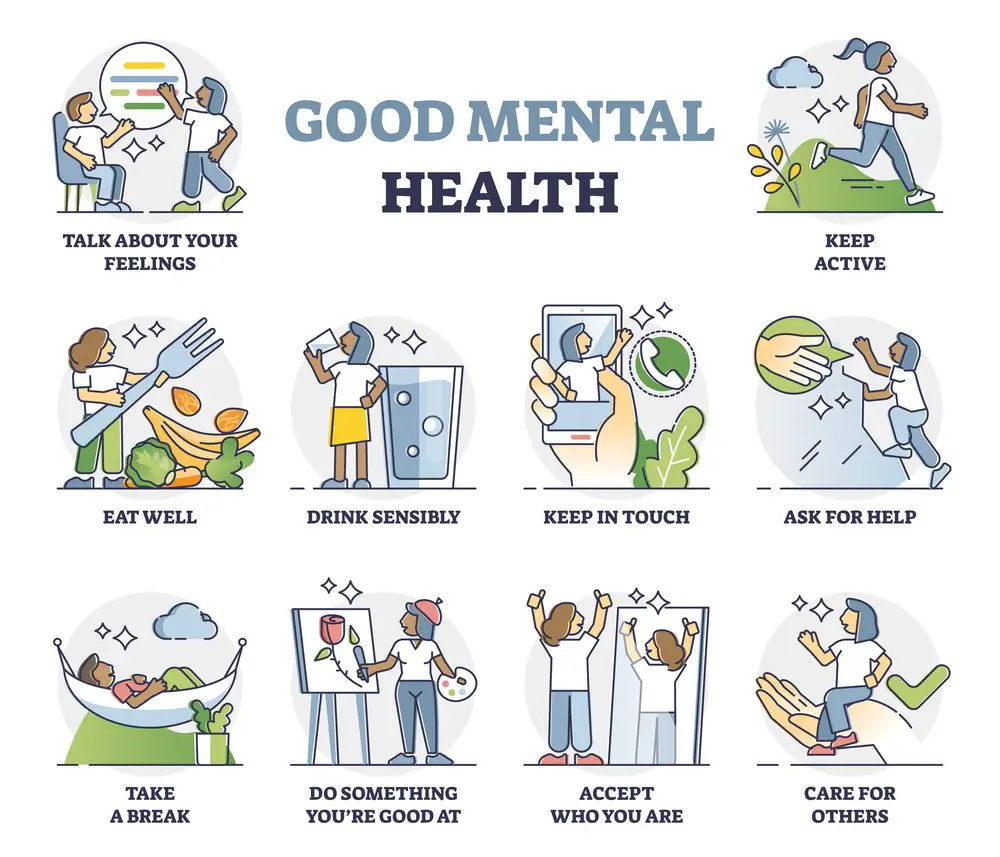
There are several effects that your body may experience during bouts of anxiety. These can include anything from a clenched jaw and tics to more severe ones like increased heart rate, shortness of breath, and anxiety chills.
You have no control over these symptoms because of the surge of adrenalin and cortisol, the hormones triggered by the body’s natural fight-or-flight response, even if this is a perceived danger. However, you may find the symptoms of anxiety chills disquietening since they are usually noticeable, especially if your whole body or hands are shaking.
Overcoming anxiety-induced chills involves a many-sided approach that addresses both the underlying anxiety and the physical symptoms.
How to stop anxiety chills? The best way to stop them is to start recognizing the triggers of your anxiety and learning relaxation techniques such as deep breathing, grounding exercises, and mindfulness meditation. These help activate the parasympathetic nervous system by dispersing the hormones released during anxiety and restoring a sense of calm.
Keeping warm and engaging in regular physical activity can also help alleviate chills. Additionally, learn to challenge your negative thoughts and seek support from friends, family, or a therapist. These are crucial steps in managing anxiety and reducing its physical manifestations. By incorporating these strategies into daily life and prioritizing self-care, you can gradually overcome anxiety-induced chills and regain a sense of control over your emotional and physical well-being.
However, remember that therapy provides long-term anxiety management and, when combined with lifestyle changes, you have a well-rounded approach that will help you minimize the symptoms, including your anxiety chills.
Taking the Next Steps: Signs It’s Time to Seek Help and Set Goals

Here are some key points you can cover in this section:
Recognizing the Signs: Sometimes, anxiety chills can become overwhelming, indicating a need for professional intervention. Here are signs that it might be time to seek help:
- Persistent and severe anxiety symptoms that interfere with daily life
- Difficulty managing anxiety on your own
- Feeling overwhelmed or hopeless despite your efforts
Considering Medication or Therapy: If anxiety chills persist despite self-help strategies, it could be beneficial to explore medication or therapy options. Here’s what to consider:
- Consult with a healthcare provider to discuss medication options and potential benefits.
- Explore therapy options such as cognitive-behavioral therapy (CBT) or mindfulness-based techniques.
- Be open to trying different approaches until you find what works best.
Setting Achievable goals can provide direction and motivation in managing anxiety chills. Consider these tips:
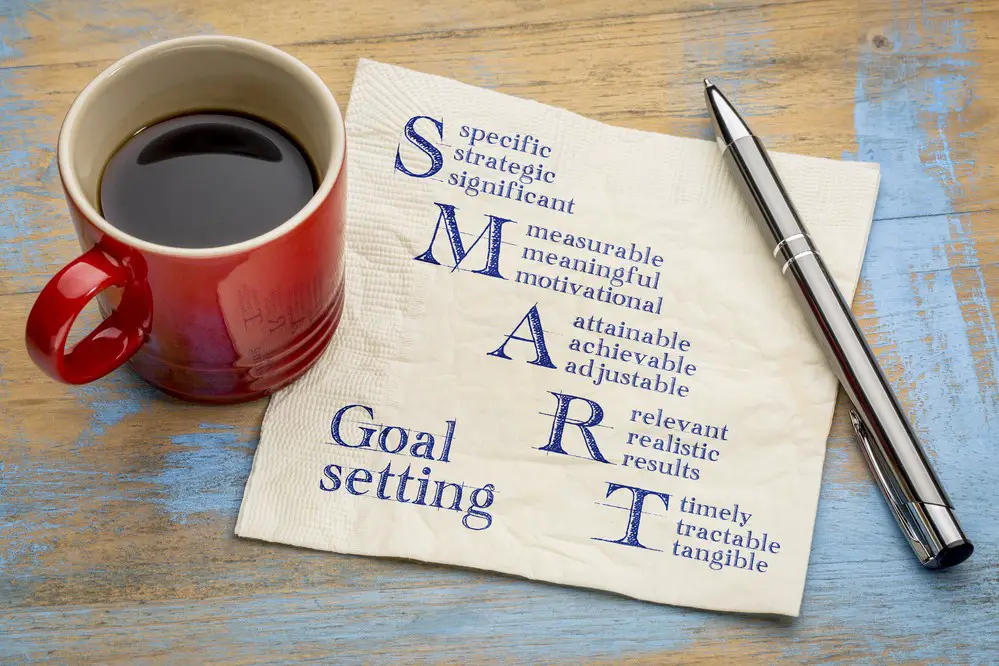
- Start small and gradually increase the complexity of your goals.
- Make your goals specific, measurable, achievable, relevant, and time-bound (SMART).
- Celebrate your progress, no matter how small, to stay motivated.
Recognizing Progress: Acknowledging and celebrating your progress in managing anxiety chills is essential. Here’s how to recognize your achievements:
- Keep a journal to track your thoughts, feelings, and progress.
- Celebrate milestones, whether it’s a week without anxiety, chills, or mastering a new coping technique.
- Remember that progress is not always linear, and setbacks are a natural part of the journey.
By incorporating this section, you’re providing comprehensive guidance to your readers on managing anxiety chills and taking proactive steps toward better mental health. It’s a valuable addition that can empower them to seek help and make meaningful progress in their journey.
- 7 Ideas to Help You Relax and Unwind on a Family Vacation - April 27, 2025
- How Having Cybersecurity Protection Helps You Relax - April 25, 2025
- 8 Reasons Why Spending Time Outside Calms You Down - April 25, 2025
This site contains affiliate links to products. We will receive a commission for purchases made through these links.

